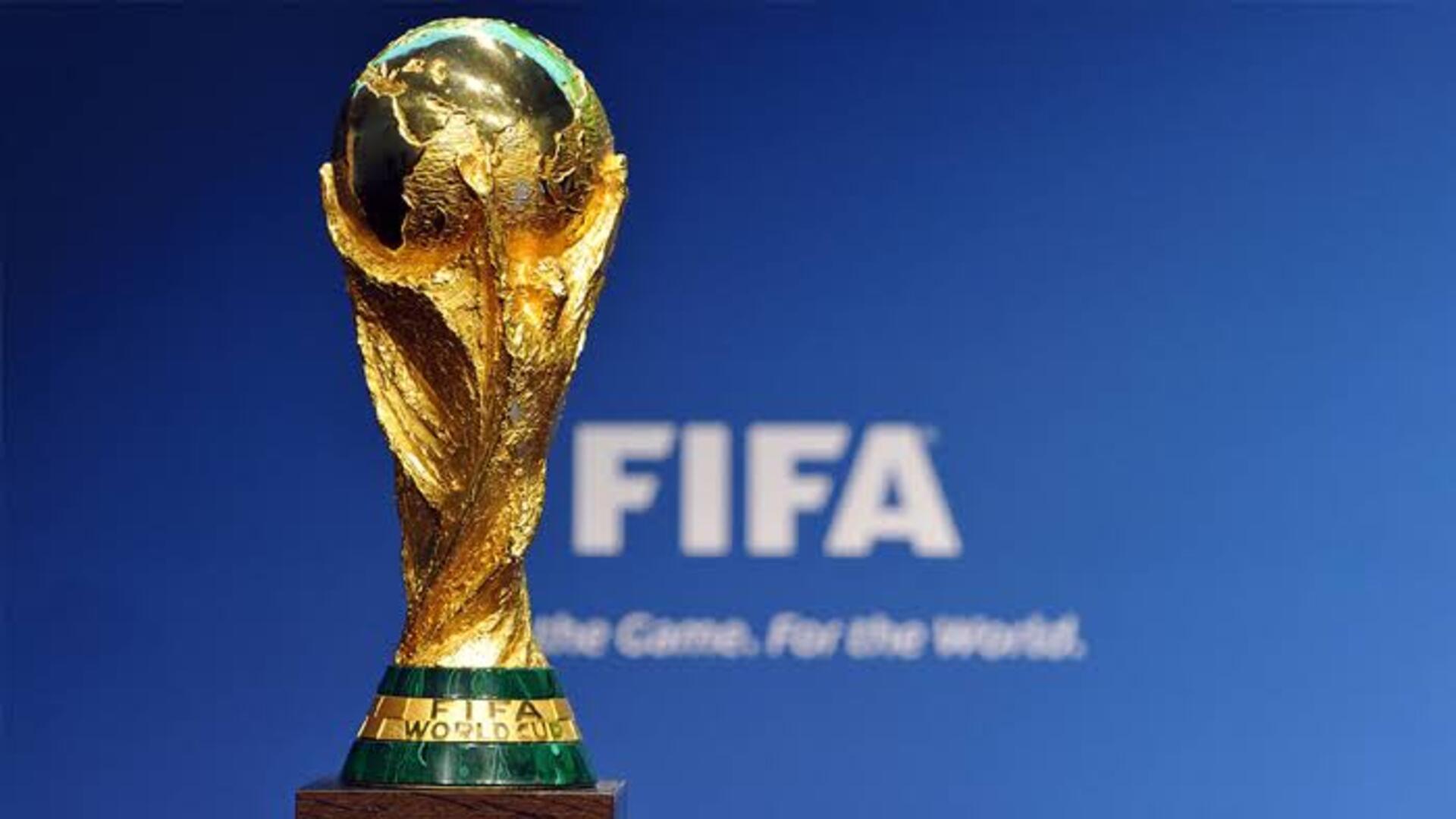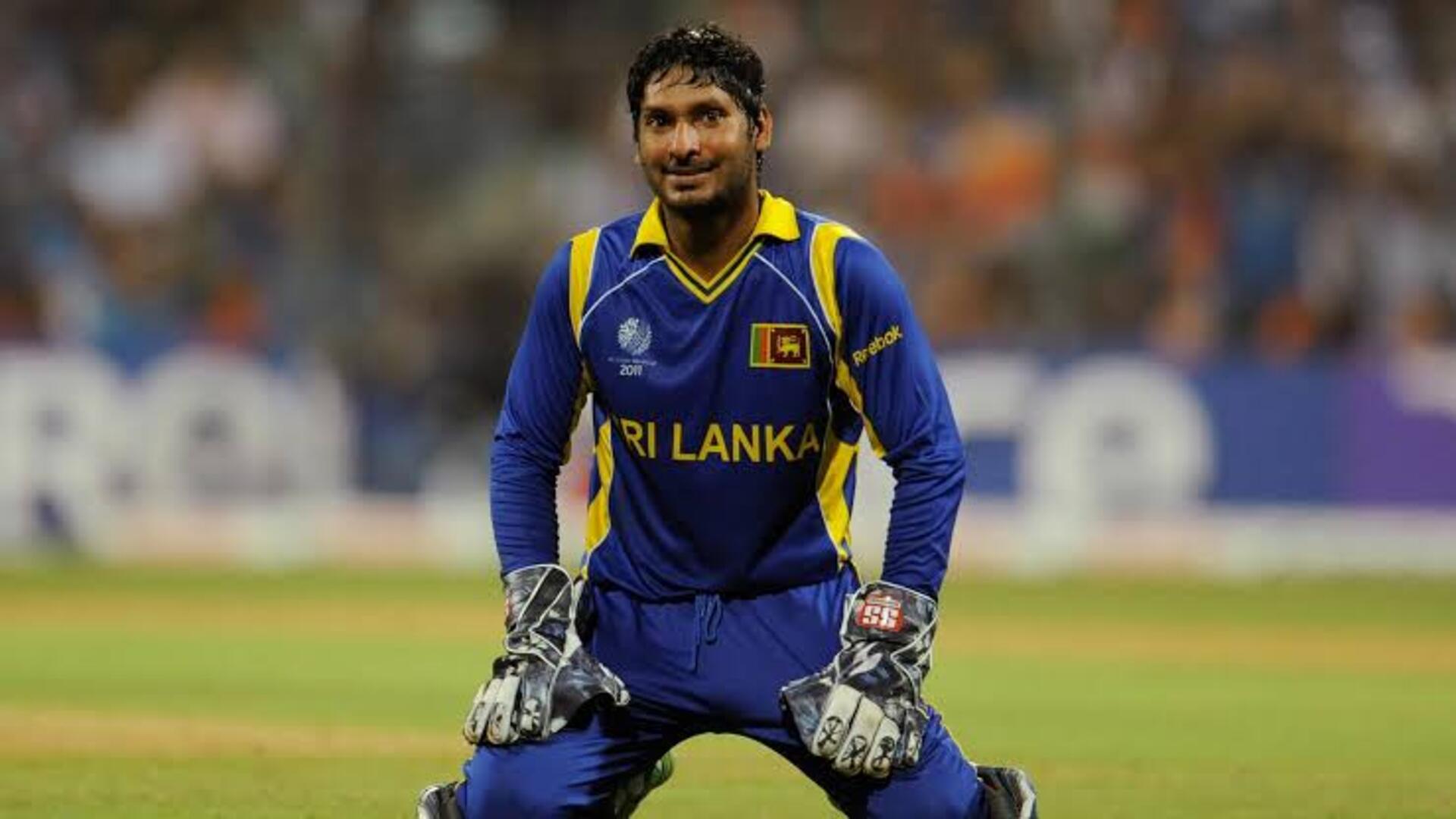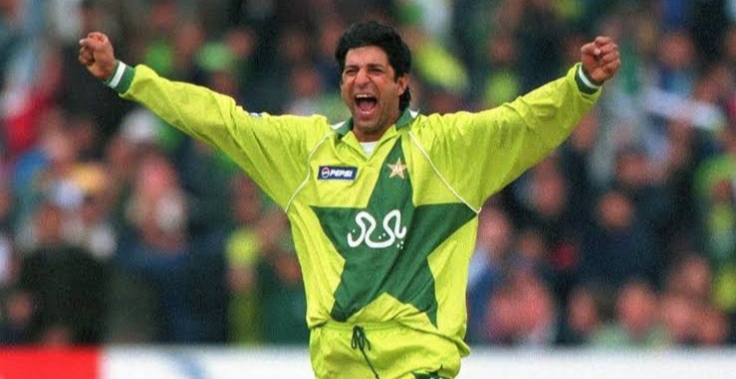
The FIFA World Cup is the pinnacle of international football, held every four years with 32 teams (now expanding to 48 in 2026) vying for the title of world champions. It is the grandest stage in sports, followed by billions worldwide, uniting people from every corner of the globe. As the 2026 FIFA World Cup approaches, nations across the world are ramping up preparations, hoping to either compete for the title or establish their presence on the global football stage. For a country like Bangladesh, where football’s prominence has historically been eclipsed by cricket, the dream of World Cup qualification may seem distant, but efforts are being made to foster a footballing culture that could yield significant results in the future.
The World Cup’s expanded format in 2026 is a game-changer for emerging football nations, providing more opportunities to participate in the tournament. With Asia receiving eight direct qualification spots and one playoff spot, the tournament offers hope for Bangladesh, which ranks outside the top 180 in the FIFA rankings. While Bangladesh is not yet close to being a global footballing powerhouse, it is making slow yet steady progress in rebuilding its footballing infrastructure. There are now deliberate efforts by the Bangladesh Football Federation (BFF) and private sectors to bolster grassroots development, establish competitive leagues, and improve coaching standards.
This article delves into Bangladesh’s footballing history, the current landscape, the challenges it faces, its potential for development, and the possibility of World Cup qualification. We will explore how the 2026 FIFA World Cup might serve as a motivational milestone for a country that is striving to revive its passion for football and elevate its status in the global arena.
Football in Bangladesh boasts a rich heritage dating back to the pre-independence era during British colonial rule. As football spread across the Indian subcontinent, Bangladesh (then East Bengal) adopted the sport with enthusiasm. During the 1970s and 1980s, football was the nation’s most popular sport, rivaling cricket in terms of fan base. Major tournaments like the Dhaka League, one of Asia’s oldest football leagues, were hotly contested and regularly drew thousands of spectators. Local clubs such as Dhaka Mohammedan SC, Abahani Limited Dhaka, and Brothers Union were at the center of this footballing fervor, each with legions of fans.
The post-independence era saw football becoming an essential part of the nation’s sports culture. The Bangladesh national football team achieved success in regional competitions, particularly in the South Asian Football Federation (SAFF) Championship. In 1980, Bangladesh participated in the inaugural AFC Asian Cup but struggled to make a significant impact. The nation’s golden moment came in 2003, when Bangladesh won the SAFF Championship, defeating the Maldives in the final. This victory remains one of the most celebrated moments in Bangladesh’s football history.
However, from the 1990s onwards, the rise of cricket overshadowed football’s popularity. Bangladesh’s cricket team made a meteoric rise, culminating in their qualification for the 1999 Cricket World Cup and eventually attaining Test status in 2000. As cricket became the dominant sport in the country, football saw a decline in investment, fan engagement, and infrastructure development.
In recent years, efforts have been made to reignite Bangladesh’s footballing culture. The Bangladesh Football Federation (BFF) has worked to revitalize the sport, launching initiatives aimed at improving player development, league competitiveness, and infrastructure. Despite challenges, Bangladesh’s footballing landscape is gradually improving, and the country is once again showing interest in the sport.
One of the key initiatives has been the creation of the Bangladesh Premier League (BPL), established in 2007. The BPL has served as the country’s top-tier football competition, giving domestic players a platform to showcase their talent. It has also attracted a handful of foreign players, which has added a layer of professionalism to the league. While the league still has a long way to go in terms of quality and financial support, it represents a crucial step in developing a professional football culture in Bangladesh.
The BFF has also initiated several grassroots programs aimed at nurturing young talent. Youth development academies, school tournaments, and scouting programs are in place to identify promising footballers from a young age. These efforts are intended to build a pipeline of talent that can strengthen the national team in the future. However, these programs still face significant challenges, including a lack of funding, infrastructure, and trained coaches.
Additionally, Bangladesh’s footballing renaissance has been fueled by the global rise of international football. With widespread access to satellite television and online streaming, Bangladeshi fans can now follow top European leagues such as the English Premier League, La Liga, and Serie A. This has created a passionate fanbase that supports global football clubs like Manchester United, FC Barcelona, and Real Madrid, which has in turn spurred interest in local football as well.
While Bangladesh’s football scene has seen a revival, the country faces several significant challenges that must be addressed to realize its full potential. These challenges include inadequate infrastructure, financial constraints, poor coaching standards, talent identification issues, and limited international exposure.
1. Lack of Infrastructure:
One of the most significant barriers to the development of football in Bangladesh is the lack of quality infrastructure. Bangladesh has very few modern football stadiums and training facilities. The Bangabandhu National Stadium in Dhaka remains the primary venue for most major football events, but it is outdated compared to international standards. Beyond Dhaka, regional stadiums and training centers are in even worse condition, making it difficult for young players to access proper facilities.
Investment in modern football infrastructure is critical for player development. Without well-maintained pitches, training centers, and football academies, it is difficult to nurture talent capable of competing at the international level. The government and private sector need to collaborate on building state-of-the-art facilities in major cities and rural areas to expand access to football opportunities.
2. Financial Constraints:
Financial support for football in Bangladesh is severely limited. While cricket enjoys substantial funding from both the government and corporate sponsors, football has struggled to attract the same level of investment. Clubs often operate on tight budgets and rely heavily on government funding or small-scale sponsorship deals to sustain themselves. This lack of financial backing has hindered the growth of the Bangladesh Premier League and other domestic competitions, which in turn affects player salaries, coaching staff, and club facilities.
To develop football, the BFF needs to create an ecosystem where private investment is encouraged. Sponsorship deals with local and international companies, television rights, and partnerships with foreign clubs could help generate much-needed revenue. Moreover, the government must view football as a viable sport for investment, which could improve its infrastructure and create long-term benefits for the country’s sports culture.
3. Coaching and Training:
Coaching is a fundamental element in football development, and Bangladesh has struggled to produce coaches with the expertise needed to develop players at an international level. Most coaches in the country lack formal training or certifications from organizations like FIFA or the Asian Football Confederation (AFC). This has resulted in a gap in knowledge regarding modern football tactics, training methods, and player management.
To address this issue, the BFF has begun offering coaching courses, but the uptake has been slow. There is a need for more extensive coaching education programs, including opportunities for Bangladeshi coaches to work with international clubs and teams. Partnering with global football academies could also bring foreign coaches to Bangladesh, providing mentorship and improving the quality of local training programs.
4. Talent Identification and Development:
Bangladesh has a wealth of young football talent, but identifying and nurturing this talent has been a significant challenge. Grassroots programs aimed at scouting and developing young players are underfunded and often lack the necessary structure to be effective. Many talented footballers are either overlooked or unable to continue their development due to financial constraints or a lack of opportunities.
Establishing a national talent identification system, along with a network of youth academies, would help address this issue. The BFF could collaborate with schools and local clubs to create regional scouting networks and talent development programs. Additionally, providing scholarships or financial aid to promising young players could help prevent talent drain.
5. Limited International Exposure:
Bangladesh’s national team and club teams rarely compete against higher-ranked international opponents, limiting their exposure to different playing styles and tactical approaches. Most of the national team’s competitive matches are in regional tournaments like the SAFF Championship, where the level of competition is not as high as in global tournaments.
Regular participation in international friendlies, training camps abroad, and international tournaments would provide valuable experience for Bangladeshi players. The BFF should explore opportunities for the national team to play against stronger Asian teams and even non-Asian teams in international friendlies. This would help players adapt to different tactical approaches and gain confidence in playing against higher-level opposition.
The Bangladesh national football team has historically struggled to compete at the international level. Ranked outside the top 180 in the FIFA rankings, Bangladesh has faced significant challenges in World Cup qualifiers and AFC competitions. However, recent efforts by the BFF and the appointment of new coaching staff have provided a glimmer of hope for the team’s future.
The appointment of Spanish coach Javier Cabrera in 2022 marked a turning point for the national team. Cabrera, known for his expertise in youth development, has focused on building a more structured approach to player training and match tactics. His goal is to create a long-term plan that could eventually lead Bangladesh to success in regional tournaments and possibly even World Cup qualification.
Key players such as Jamal Bhuyan, the national team captain, have been instrumental in the team’s recent progress. Jamal Bhuyan, a seasoned midfielder, has been a beacon of leadership and consistency for the Bangladesh national team. His experience playing both domestically and internationally, along with his passion for the sport, has made him a role model for younger players. Bhuyan’s commitment to developing football in Bangladesh is evident not only in his performances on the pitch but also in his advocacy for greater investment in football infrastructure and youth programs.
Alongside Bhuyan, there is a promising generation of players emerging. Players like Mohammad Ibrahim, who has shown flashes of brilliance in attack, and Tariq Kazi, a defender with both physical prowess and tactical intelligence, represent the future of Bangladesh football. These young players are the foundation upon which the national team hopes to build a more competitive squad capable of challenging stronger teams in Asia.
As the 2026 World Cup approaches, the national team will face the daunting task of qualifying in an increasingly competitive AFC region. With eight direct spots and one playoff spot allocated to Asian teams, the expanded format offers more opportunities for nations like Bangladesh. While qualification for 2026 remains an ambitious goal, the experience gained from participating in the qualifiers will be invaluable for the team’s development.
To achieve long-term success in football, Bangladesh must invest in comprehensive development programs that address the sport’s grassroots level and foster the growth of talented players. Several key areas require attention:
1. Youth Development: The backbone of any successful footballing nation is its youth development system. Bangladesh has taken steps to improve its youth football structure, with initiatives such as the BFF’s Youth Development Program and grassroots leagues across various age groups. However, these programs require greater investment and a more coordinated approach to talent identification and nurturing.
Youth academies are crucial in providing a pathway for young players to develop their skills and transition to professional football. While there are a few academies in Bangladesh, their resources are limited, and they often struggle to provide high-quality coaching, facilities, and competition. The establishment of more academies, particularly in rural areas where football talent often goes unnoticed, would help create a broader pool of talent for the national team.
2. School and College Football: School and college football tournaments are key to promoting football among young players and encouraging early participation in the sport. In the past, these competitions were widely popular, but in recent years, their significance has diminished due to the focus on cricket. Reviving school and college football leagues, with proper organization, sponsorship, and media coverage, would create a culture where football is viewed as a viable sporting career option.
Collaborations between schools and professional clubs could provide young players with access to better coaching and facilities. Moreover, organizing inter-school and inter-college competitions at the national level would foster a competitive spirit and give young footballers exposure to high-pressure situations.
3. Women’s Football: Women’s football in Bangladesh has seen significant progress in recent years, with the Bangladesh women’s national football team making headlines for their performances in regional competitions. The women’s team has achieved success in tournaments such as the SAFF Women’s Championship, winning the title in 2022, and the AFC Women’s Asian Cup qualifiers.
Despite these achievements, women’s football in Bangladesh still lacks the infrastructure and support needed to thrive. There are very few dedicated academies or leagues for women, and female players often face cultural and financial barriers that prevent them from pursuing football as a career. Expanding women’s football programs at the grassroots level, along with providing financial support and media visibility, will be essential for the continued growth of the women’s game in Bangladesh.
4. Coaching Development: Coaching is a critical component of football development, and Bangladesh has recognized the need to improve its coaching standards. The BFF has launched several coaching certification programs, including courses accredited by the AFC, aimed at training local coaches to international standards. However, there is still a shortage of qualified coaches, particularly at the grassroots and youth levels.
The BFF should continue to invest in coaching education by offering more advanced courses, both domestically and through partnerships with foreign football associations. Additionally, providing local coaches with opportunities to work alongside experienced international coaches would help raise the standard of coaching in the country. Establishing coaching academies and mentorship programs could also encourage more former players to take up coaching roles.
5. Sports Science and Technology: Modern football relies heavily on sports science and technology to optimize player performance and reduce the risk of injuries. In Bangladesh, sports science is still in its early stages, and most clubs and academies do not have access to sports scientists, nutritionists, or fitness experts. Integrating sports science into football development programs would help improve player fitness, recovery, and overall performance.
The use of technology in football, such as video analysis tools, performance tracking systems, and data analytics, can provide coaches with valuable insights into player development. Bangladesh’s football programs should invest in these technologies to monitor player progress and identify areas for improvement. Collaboration with universities and research institutions could also help develop sports science programs tailored to the needs of Bangladeshi footballers.
To accelerate the development of football in Bangladesh, international collaborations and partnerships are essential. Several Asian and African countries have benefited from partnerships with established footballing nations, and Bangladesh could follow a similar path. Countries like Japan and South Korea have built relationships with European football clubs and federations, allowing their players and coaches to gain valuable experience abroad.
Bangladesh can benefit from forming strategic partnerships with clubs, academies, and football associations in Europe, South America, and other parts of Asia. These partnerships could involve exchange programs for coaches, players, and administrators, providing opportunities for Bangladeshi football professionals to learn from the best in the world. Hosting international tournaments and friendly matches with higher-ranked teams could also expose local players to different playing styles and levels of competition.
Moreover, foreign investment in Bangladeshi football clubs and infrastructure could accelerate the growth of the sport. Private investors and international football organizations may see Bangladesh as an emerging market with untapped potential, especially given the country’s large population and growing interest in football.
Bangladesh’s journey toward competing in a FIFA World Cup is a long and challenging one, but it is not beyond the realm of possibility. The expansion of the tournament to 48 teams in 2026, along with the growing investment in grassroots football development, provides a window of opportunity for the country to improve its footballing stature.
To achieve this goal, Bangladesh must address its key challenges, including the lack of infrastructure, financial constraints, and the need for better coaching and talent identification systems. The government, private sector, and football federation must work together to create a sustainable football ecosystem that nurtures young talent and provides opportunities for players to compete at higher levels.
While qualifying for the 2026 FIFA World Cup may be an ambitious goal, the foundation for long-term success in football can be laid through continued investment in youth development, coaching, infrastructure, and international partnerships. The passion for football in Bangladesh is undeniable, and with the right support and strategic planning, the dream of seeing Bangladesh compete on the global stage may one day become a reality.
In the coming years, the Bangladesh Football Federation, clubs, and players must seize the momentum created by the resurgence of interest in football and work toward building a future where the country is not just a participant but a competitor in international tournaments. The 2026 World Cup may be the beginning of a new era for Bangladesh football, one that sees the country rise to prominence in the sport that has captivated the hearts of millions worldwide.

 Md. Anas Ebna Arfin (Nibir)
Md. Anas Ebna Arfin (Nibir) 
























